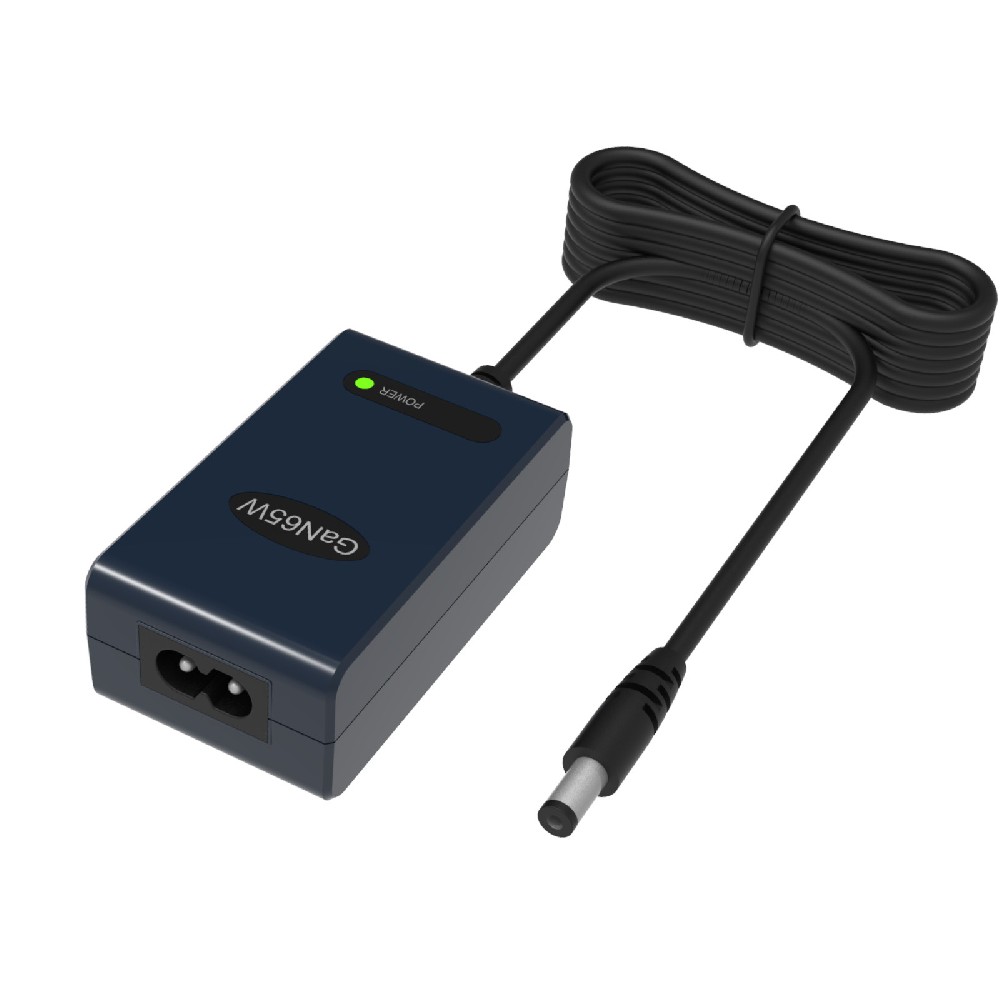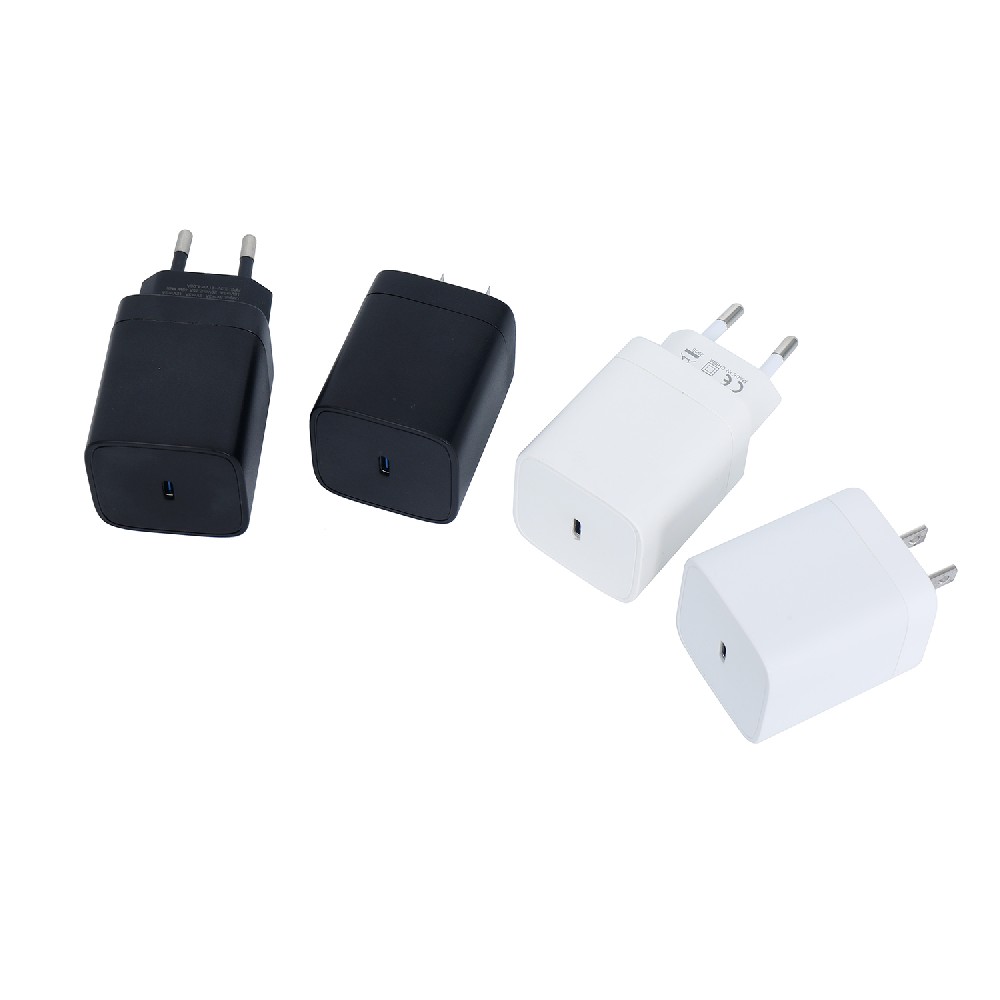Information Center
Powering the Future: The Importance of Efficient and Safe Battery Charger Circuits
Published:2023-08-15 00:33:40 Author:Green WCND Views:71A battery charger circuit is an electronic circuit that helps in charging rechargeable batteries used in various electronic devices. The demand for efficient battery chargers has been rapidly increasing, keeping in mind the frequent use of portable electronic devices being used in everyday life. Therefore, the development of battery charger circuits has been an active area of research in the electronic industry.

The basic principle of a battery charger circuit involves the conversion of AC voltage from a main supply to a DC voltage, suitable for charging the battery. The circuit design consists of multiple components, including transformers, diodes, resistors, and capacitors. The circuit diagram for a battery charger circuit involves the use of a bridge rectifier circuit, which converts AC voltage to DC voltage. A filter circuit is then employed to smoothen the DC voltage before it reaches the battery.

The charging of the battery requires a controlled current and voltage source, and this is achieved through the use of a voltage regulator circuit. The voltage regulator circuit controls the voltage level and ensures it is within the charging capacity of the battery. An IC (integrated circuit) or a microcontroller circuit is used in modern battery charger circuits for efficient regulation of the charging process.
The design of a battery charger circuit also depends on the type of battery being charged. Different types of batteries, such as Li-ion, lead-acid, and NiMH batteries have different charging characteristics, and hence the charging technique used also differs. The battery’s capacity and charging time also affect the circuit design and can be adapted according to the requirement.
The battery charger circuit must also be designed with safety features such as overcharge protection, over-discharge protection, and short circuit protection to avoid battery damage or accidents. The charging process must also be monitored closely to ensure the battery stays within the permissible temperature range.
The efficiency of a battery charger circuit is measured by its power conversion efficiency, which is the ratio of the output power to the input power. Also, a battery charger circuit must be designed in a compact and portable manner, convenient for use in everyday life.
In conclusion, the design and implementation of battery charger circuits have significantly advanced over the years, keeping in mind the increasing demand for efficient chargers to power electronic devices. Battery charger circuits are an essential component in the portable electronic industry and play a vital role in ensuring efficient charging and safety of batteries. With the continuous advancement in technology, battery charger circuits are expected to evolve, ensuring high performance and portability.
As a manufacturer dedicated to providing high-quality kitchen appliances, choosing the right power adapter for your rice cooker is crucial to ensuring product s···
As a manufacturer of all-in-one desktop PCs, the power adapter serves as the "invisible guardian" of stable device operation. It must not only precise···
IntroductionGolf carts serve as vital transportation tools on golf courses, and their performance and reliability are crucial for enhancing player experience an···
The battery pack is the heart of a golf cart, silently powering every acceleration and climb on the green. However, battery degradation often goes unnoticed, mu···





